The transformer of the picture is connected to a transmission line of 230kV.
As you can see the transformer is delta-star connected. Its turns ratio is a=1:10. I had a go at the solution but when checking the solution manual I found something wrong.
In my solution for the right side of the transformer and for single phases the voltage is $$E_{ph}=\frac{E_l}{\sqrt 3}=230/\sqrt 3=132.8kV$$
The solution manual does the same but when it comes to drawing the equivalent circuit of the single phase the following is drawn  Note that Va'n' is the E_{ph} of my calculations. As you can see in the transformer 'box' appart from the 30 degree shift and the ratio 1/10 the voltage is also divided by the square root of 3.
Note that Va'n' is the E_{ph} of my calculations. As you can see in the transformer 'box' appart from the 30 degree shift and the ratio 1/10 the voltage is also divided by the square root of 3.
Why is that? The left side is delta connected and we've already converted the voltage.
Idea: Could the voltage ratio be for the whole system? Meaning that this is not true $$a=\frac{Van}{Va'n'}$$ but this is instead $$a=\frac{Van}{\sqrt 3 Va'n'}$$
